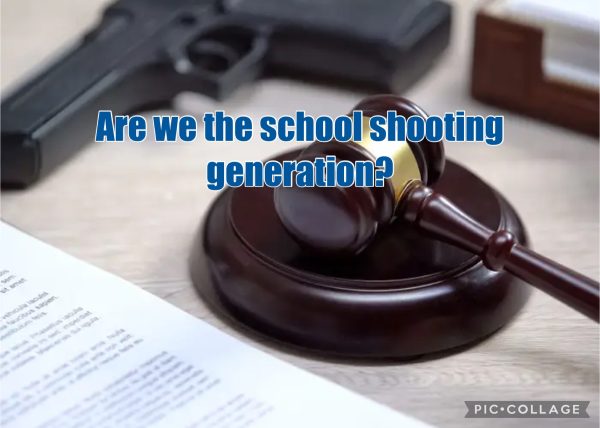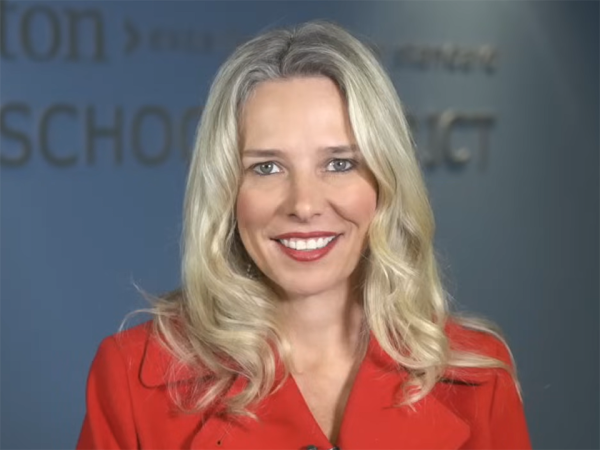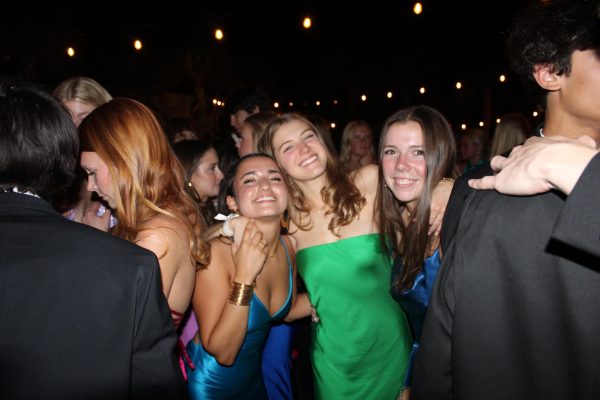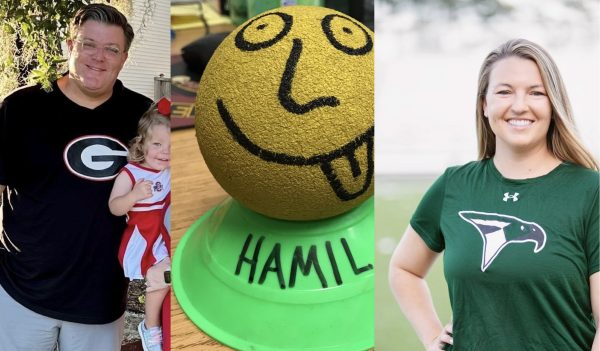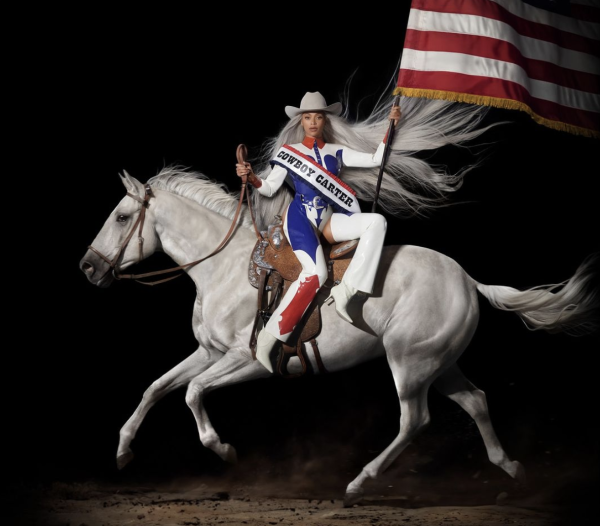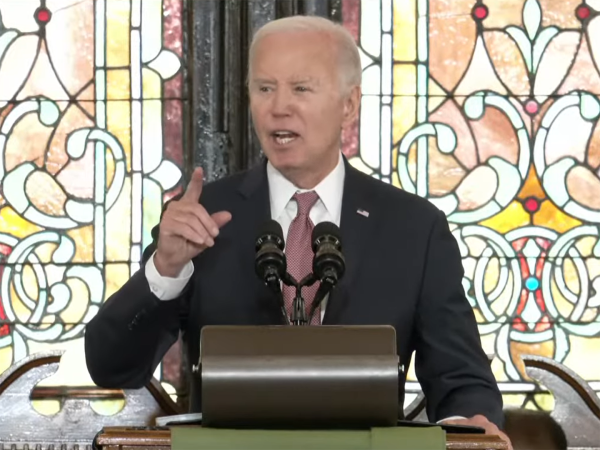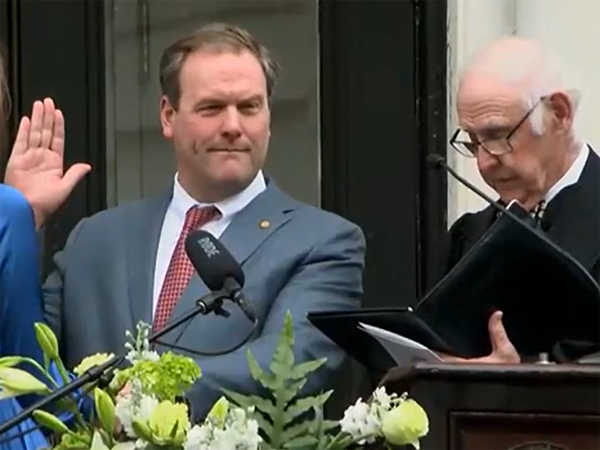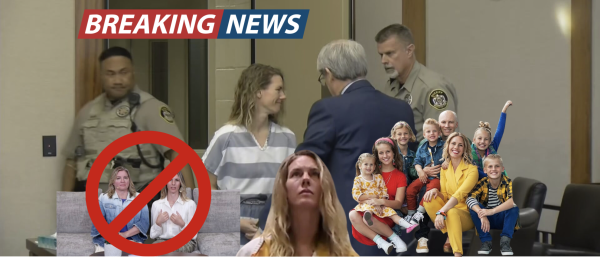The Walter Scott Case: a Student Perspective

Two miles from Academic Magnet High School and a six-minute drive away, North Charleston citizen Walter Scott died after being shot by police officer Michael Slager.
The video clip depicting the fatal shooting has rippled through not only the local Charleston County community, but also the entire nation and beyond. Because Scott was African American and Slager was white, the incident has brought up questions of racial disparities and police brutality in America. Perhaps the most alarming aspect of the video, caught by a passerby, was that Slager shot Scott in the back as Scott ran away from him. Next, the officer appeared to pick up a Taser gun from where he was last standing and plant it by the fallen Scott. However, in contrast with the video evidence, the initial police report claimed that Scott had tried to grab the Taser from Slager. It was Saturday, April 4, when the shooting occurred. In the following week, the event evolved into national news in large part because of the video.

William Pugh addresses those at the demonstration.
On Wednesday, April 8, members of the Charleston community gathered in front of the North Charleston City Hall for a peaceful demonstration. Participants created posters that read “All Lives Matter,” “Black People Matter,” “Back Turned Don’t Shoot,” and “Liberty and Justice for All.”
Juniors William Pugh and Natalie Davidson, as well as sophomore Zoe Wright, were among about 40 high school students from the Bonds-Wilson campus who attended the demonstration. “It was a rally to call for justice in the Walter Scott case,” described Pugh. Furthermore, he said, it was a platform for people to ask, What would have happened if there had not been a video?
During the demonstration and the following hearing, North Charleston citizens came forward with their interactions with the police and urged the department not to treat Scott’s death as a random event.
“It’s a larger issue—a systemic problem,” Davidson reflected. Throughout American history, events have stirred a great debate about the use of force and police treatment of people of color.
“I think that it’s incredibly troubling that this happened, but unfortunately I don’t feel like it’s something that is uncommon,” Pugh agreed.
The students also called for the police force to be more representative of the community they were meant to protect. At the hearing, community members discussed the possibility of establishing a citizens’ review board in Charleston to make the police force more accountable to the people. The task of civilian review boards is to investigate and analyze public complaints of police conduct. Cities with review boards include New York City, Pittsburgh, San Diego, Las Vegas, and as of September 2014, Ferguson.
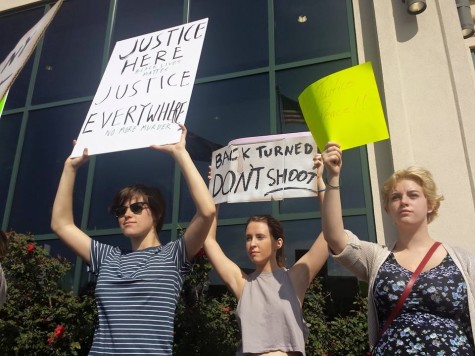
Natalie Davidson (right) and students from SOA attended the rally.
Police reform will encourage good relations between law enforcement officials and other citizens. In turn, “we need to be more of a part of our system,” Davidson urged. Pugh and Davidson’s work in promoting tolerance and diversity through community participation and organizations such as Pugh’s SAME (Students Advocating for Multicultural Education) represents the far-reaching effects that young people can have on pressing social issues. At the demonstration, Davidson thought it was powerful to see people who were not formally involved in social outreach but who came to participate in the rally as well.
The date of Slager’s trial is yet to be determined. It is expected to take place in May.
Timeline of Events
April 4 (Saturday): The shooting occurs.
April 5 (Sunday): Feidin Santana shows Anthony Scott, Walter Scott’s brother, the video.
April 6 (Monday): Through his attorney, Slager releases a statement that he felt threatened during the incident.
April 7 (Tuesday): Slager is denied bond, charged with first-degree murder, and fired from the North Charleston police department.
April 8 (Wednesday): Santana speaks out, expressing fear of police retribution for releasing the video.
April 9 (Thursday): Dashcam videos are released of Scott running from his car.
April 11 (Saturday): Scott’s funeral is held.
April 12 (Sunday): The media publicizes recordings between Slager and other officers following the shooting. Rev. Al Sharpton speaks at the Charity Missionary Baptist Church, praising the swift response of North Charleston Mayor Keith Summey and Police Chief Eddie Driggers, who were present at the service.
April 13 (Monday): Malik Shabazz, president of Black Lawyers for Justice, speaks at North Charleston City Hall.
April 15 (Wednesday): The SC Supreme Court selects Judge Clifton Newman to preside over Slager’s and Scott’s case.
April 16 (Thursday): Jesse Jackson, prominent African American civil rights leader, speaks in Charleston.
April 23 (Wednesday): SC Senator Tim Scott calls for hearings on body cameras.
This timeline does not belie the fact that the issues surrounding Scott’s death have existed for a much longer time. Updates will be added as the case further develops.






